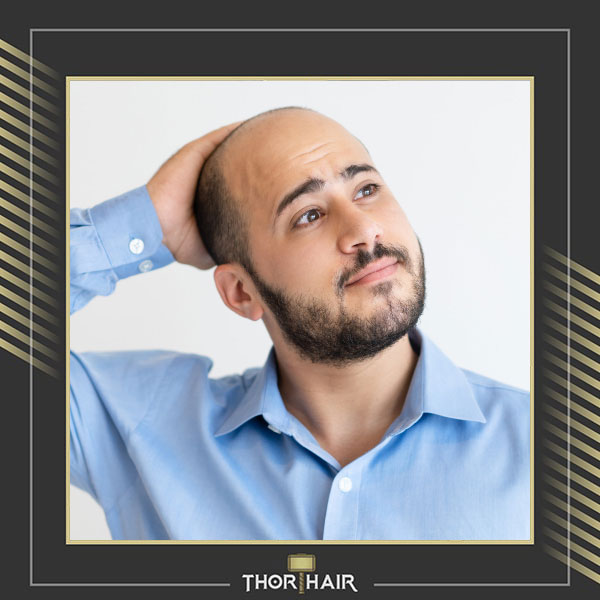A Brief History Of Hair Transplantation
 A full and bountiful mane of hair has always been the desire of both men and women. However, age, illness and environmental and genetic factors do cause hair loss. This is especially true in the case of men, who have a greater predisposition towards hair loss than women, although women are not immune from this condition. The almost complete inevitability of hair loss has resulted in centuries of attempts to promote hair regrowth. Till the end of the 19th century, all of them failed. In fact, most of them were scams designed to cheat the gullible public who were ready to pay to regain their lost hair. Today, regaining lost hair is possible and the most common and effective way of achieving this is through hair transplantation.
A full and bountiful mane of hair has always been the desire of both men and women. However, age, illness and environmental and genetic factors do cause hair loss. This is especially true in the case of men, who have a greater predisposition towards hair loss than women, although women are not immune from this condition. The almost complete inevitability of hair loss has resulted in centuries of attempts to promote hair regrowth. Till the end of the 19th century, all of them failed. In fact, most of them were scams designed to cheat the gullible public who were ready to pay to regain their lost hair. Today, regaining lost hair is possible and the most common and effective way of achieving this is through hair transplantation.
The First Success
The concept of surgically removing hair from one part of the body and transplanting it to where it is needed has been the holy grail of hair restoration for centuries. It was only in 1897 that a Turkish doctor was able to successfully take hair and tissue from one part of the scalp and transplant it to another area which had little or no hair. This was the first recorded case of a successful hair transplant.
The Next Stage
In the first part of the 20th century, Japan was the leader in hair transplants. In the 1930s, the technique of taking small “punches” of skin with hair and using this to replace lost eyebrow and eyelash hair was developed. After World War II, research into this field continued in Japan, and in the late 1940s, the punch technique was refined so that small punch grafts could be used for transplantation. This increased the possibilities of the transplanted hair taking root and growing. This is accepted as being the beginning of modern hair transplantation.
Treating Male Pattern Baldness
In the case of male pattern baldness (MPB), it was thought that transplants would suffer the same fate as the original hair and would be shed soon after transplantation because the genetic cause of MPB would prevent any future regrowth. In the 1950s, hair transplants were done in New York on those with MPB and it was seen that the new hair transplanted to a bald part of the skull remained in place.
Hair Transplantation Today
Over the next few decades, developments like the use of hair plugs, strip excisions and micrografts carried the science of hair transplantation forward. All the progress made in the last century coalesced into the techniques of Follicular Unit Transplantation (FUT) and Follicular Unit Extraction (FUE)which are the cutting-edge procedures of hair transplant that are in use today.
If you are interested in hair transplantation, you need to know that it is today a safe, comfortable and convenient way to regain lost hair. There are hair transplant clinics all over the world, but Turkey, where the science had its birth, is still the leader in the procedure. Contact a specialist hair transplantation clinic in Turkey to learn more about the procedures available, the kind of results you can expect and any precautions you may have to take immediately after the procedure. You may be used to thinning hair or baldness, but regaining your hair can help you regain a lost quality of life.
- Aug 27, 2022
